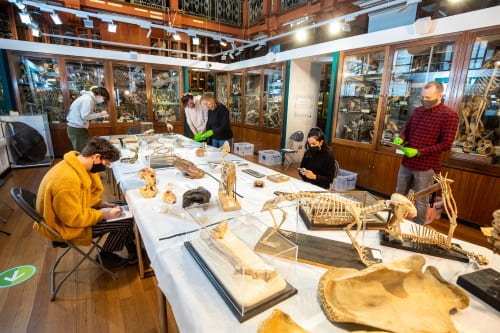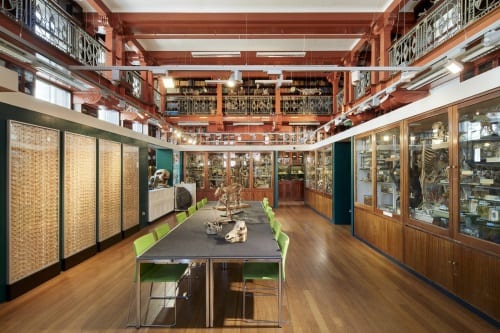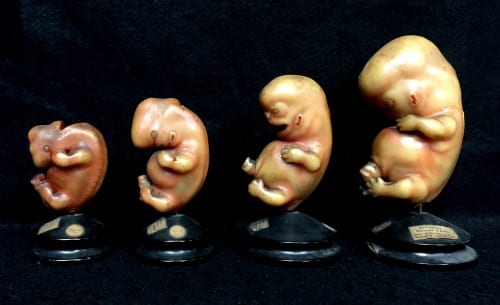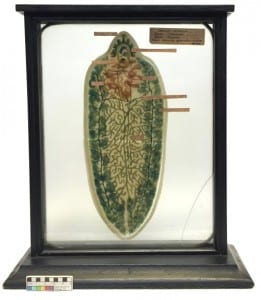Teaching with Collections during Covid-19
By Tannis Davidson, on 12 December 2020
Each year, UCL’s museums and collections are used in teaching practicals by university students on a wide range of courses including, but not limited to, archaeology, geography, history of art, political science and zoology. The use of collections have been at the heart of teaching at UCL since 1827 and Term 1 2020/2021 was no exception.
In the months leading up to the beginning of term in September, museum staff worked with academic partners to develop digital teaching resources for online teaching (images of objects, pre-recorded lectures and virtual tours of the museums). Reoccupation and operations groups planned how to reopen the museums as covid-secure socially distanced teaching spaces. Curators developed face-to-face teaching options with module leaders and worked with departmental administrators to organise timetables for remote students as well as those planning to be on campus.
Overall, it has been a huge collaborative effort throughout the university to support students in this extraordinary year. UCL Culture museums and collections (Grant Museum of Zoology, Petrie Museum of Egyptian Archaeology, Art Museum, Pathology Museum and Science Collections) all contributed towards the UCL-wide effort to continue to provide a rewarding learning experience despite the exceptionally difficult circumstances. While there have been plenty of challenges, the response has been overwhelmingly positive and there is much to celebrate.

UCL Biosciences students in the Vertebrate Life and Evolution module during a practical in the Grant Museum. ©David Bishop
While most teaching moved online, many modules with practical learning objectives were delivered through blended teaching – a mix of online tutorials and face-to-face labs or object-based sessions. UCL Culture staff delivered 51 face-to-face teaching practicals in the museums and Object-Based Learning Lab and also developed digital content (live and pre-recorded lectures and digital images of objects) for 42 online tutorials. In total, there have been over 2700 student uses of the museum collections in Term 1 teaching modules.

UCL History of Art students in Object Based Learning Lab taught by a group of PGTAs to introduce Y1 BA students to a variety of theoretical positions to which they need to be aware of during the course of their degree. Every year they hold bespoke sessions using UCL Art Museum collections.
There are also several ongoing virtual student placements ‘based’ in the museums and a 10-month Institute of Archaeology conservation placement student working on site with UCL Culture conservators and the museum collections. Student research visits have also continued throughout the term with students accessing the collections both remotely and on campus.

UCL Institute of Archaeology conservation placement student Hadas Misgav in Petrie Museum undertaking a condition survey of metal objects in the collection.
There have been many lessons learned, adaptive responses and also innovations borne from the current situation. Smaller socially distanced group sizes in museum teaching spaces have allowed for more intimate, focussed experiences during face-to-face practicals. Likewise, smaller online group chats and tutorials have provided the opportunity for students to interact with their classmates and contribute to discussions whether they are on campus, self-isolating or in a different country. Remote students taking Biosciences Vertebrate Life and Evolution module were sent a 3D printed mystery vertebrate skull in the post so that they would have a similar specimen-based identification exercise as the London-based students.
At the cusp of a new year, new term and new challenges, we look forward to developing further opportunities to enrich our students’ learning experience and academic studies. We have been tremendously fortunate to have had the phenomenal support of the wider UCL community which has provided a safe and supportive environment and trusted us to welcome students back into the museums. Thank you!
Tannis Davidson is the Curator of the Grant Museum of Zoology, UCL
 Close
Close














